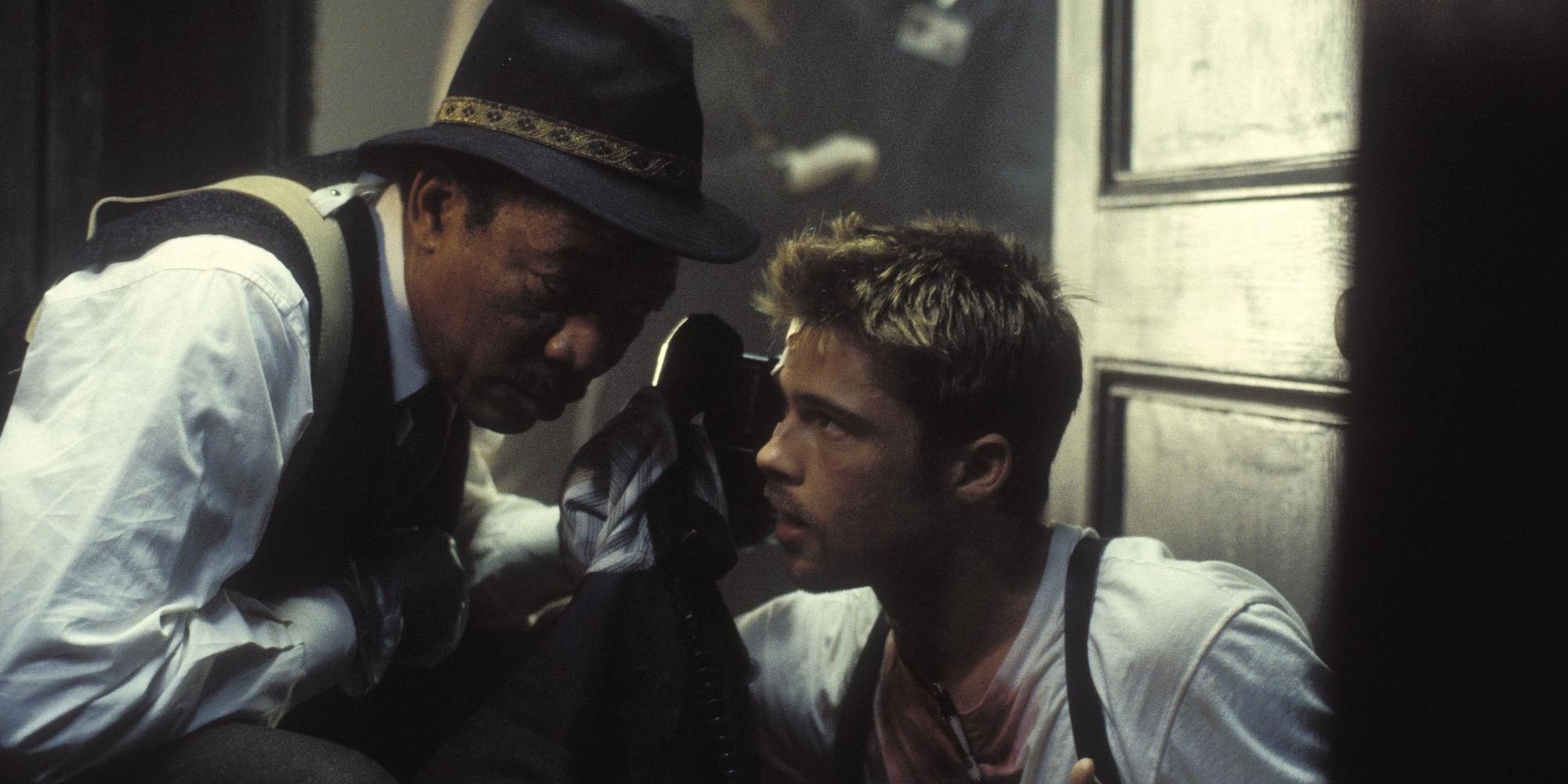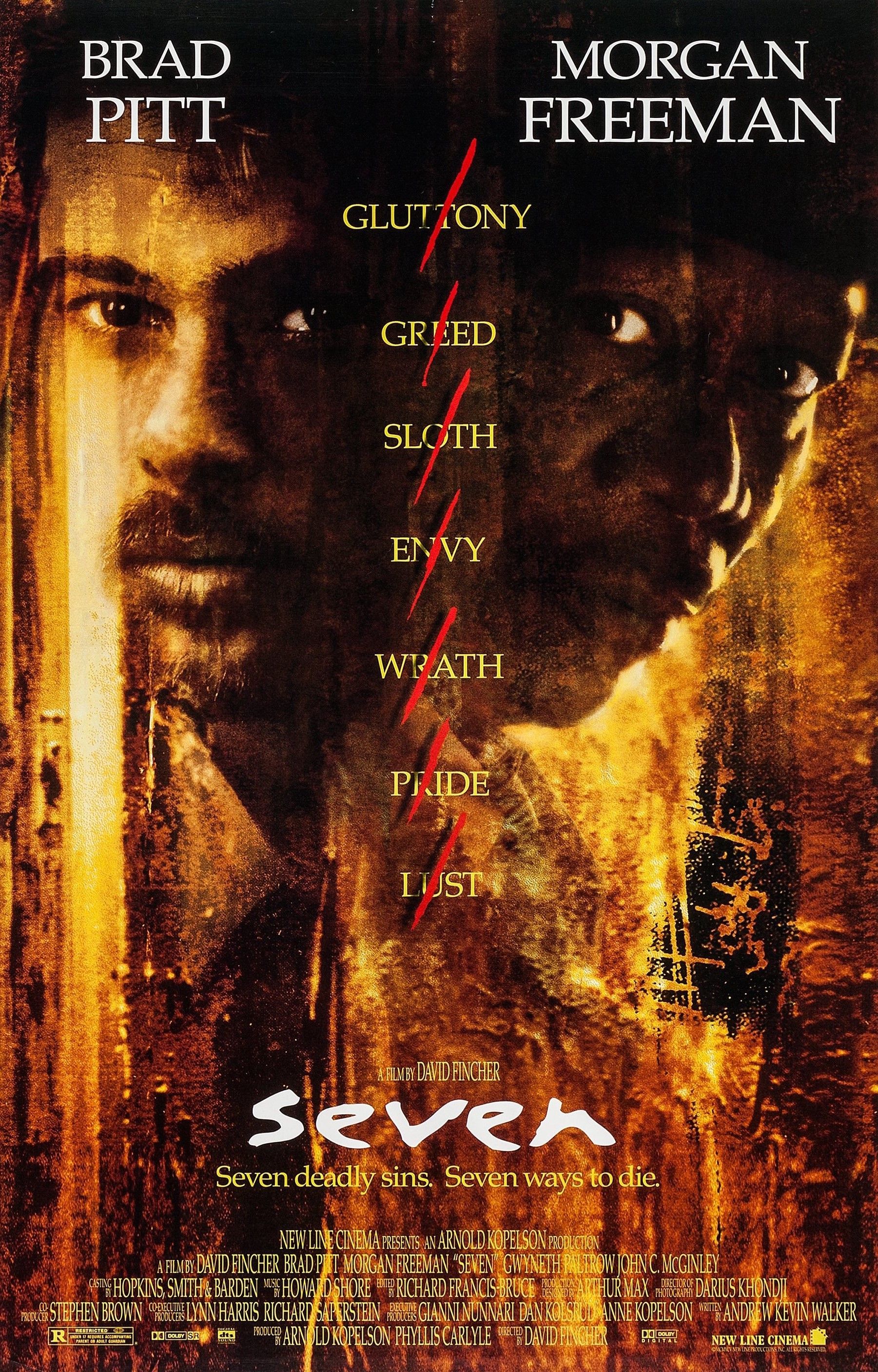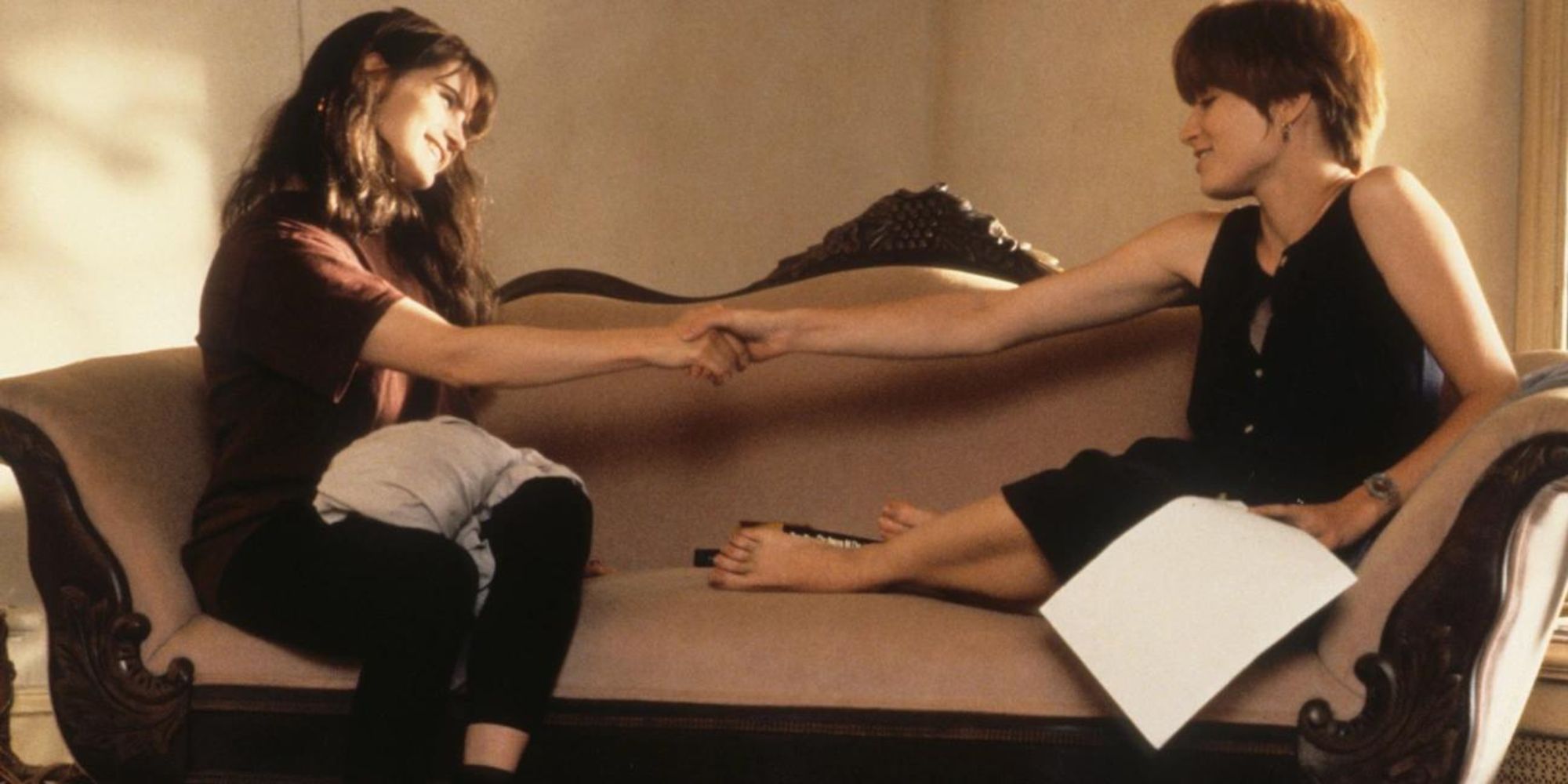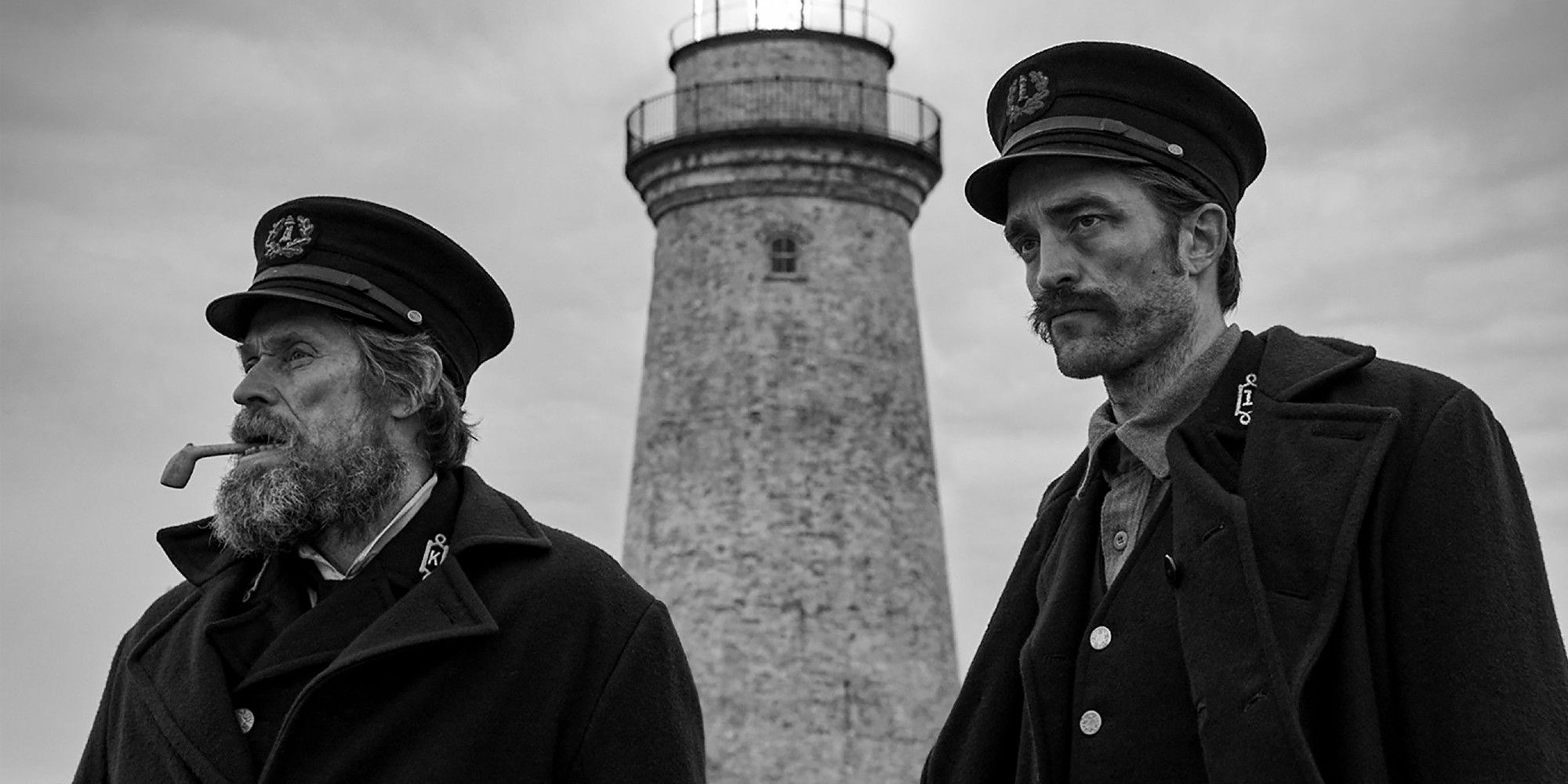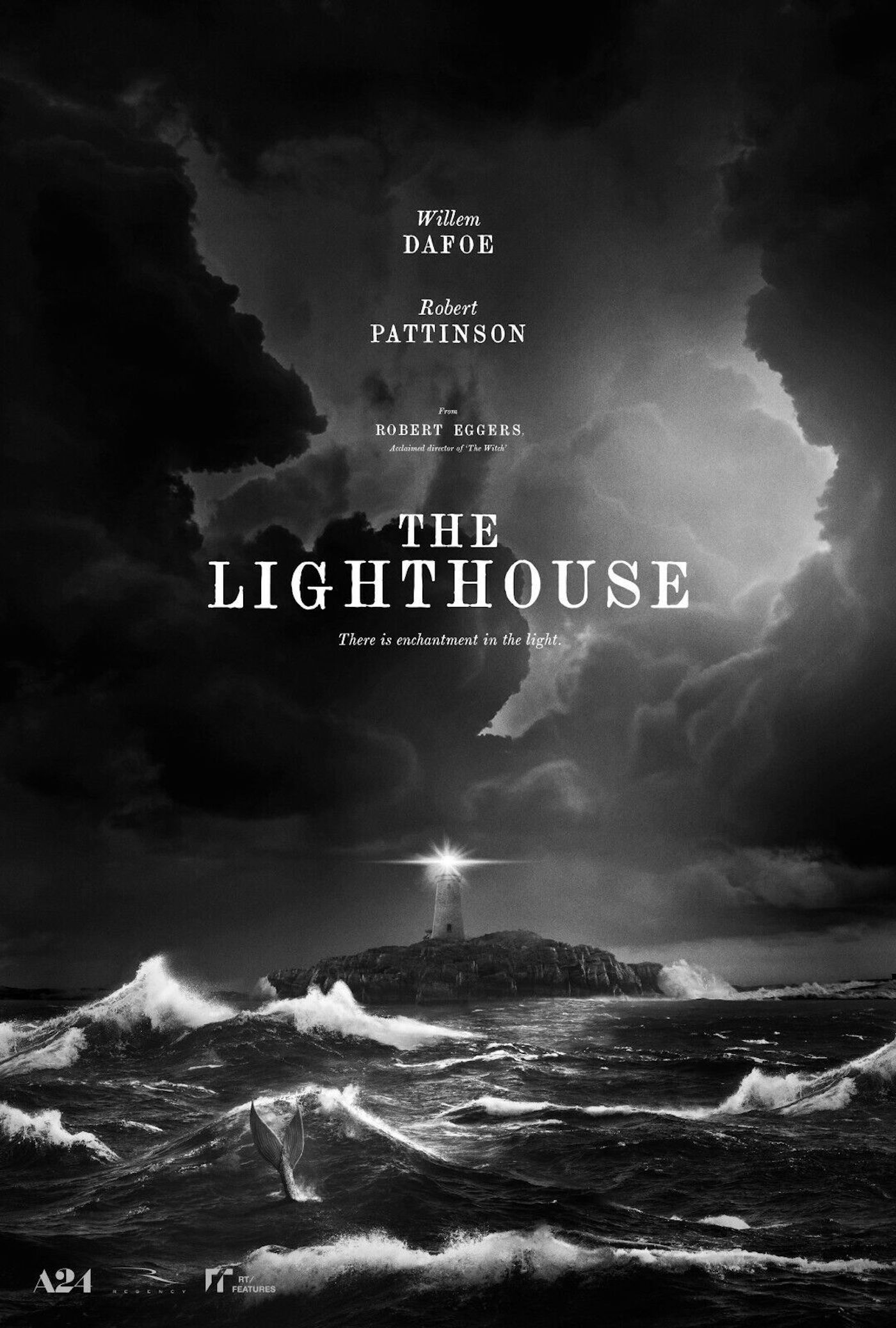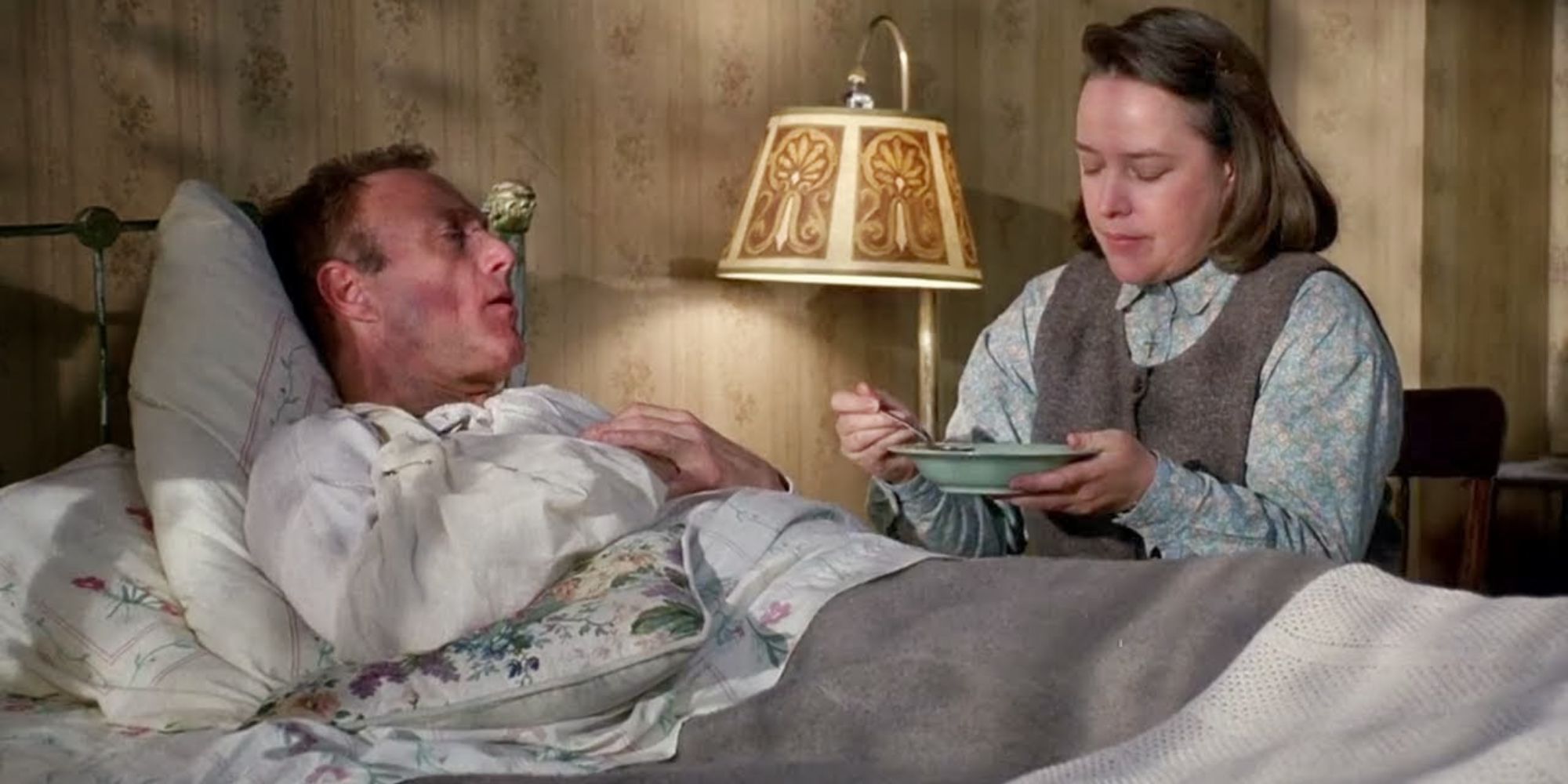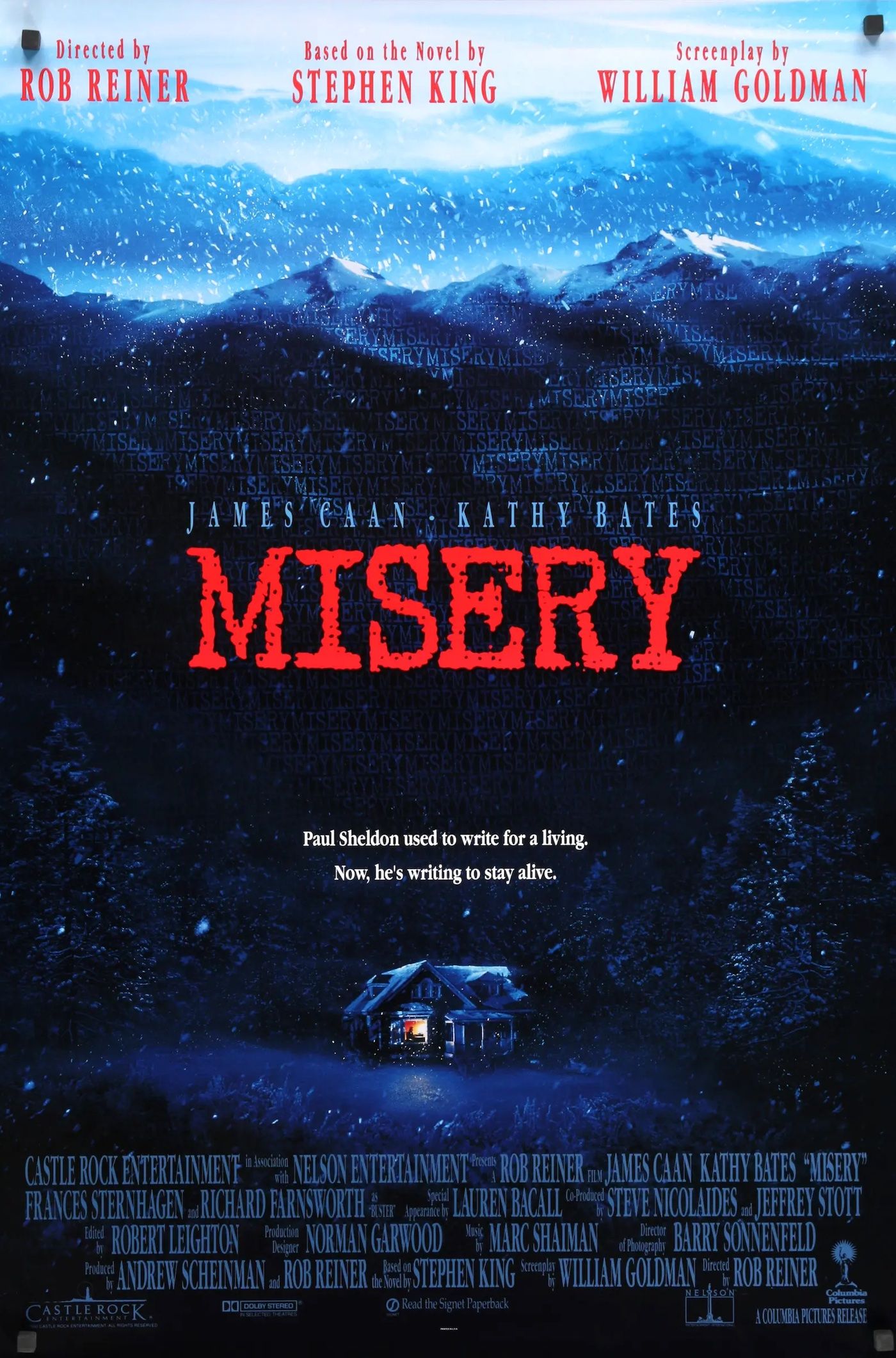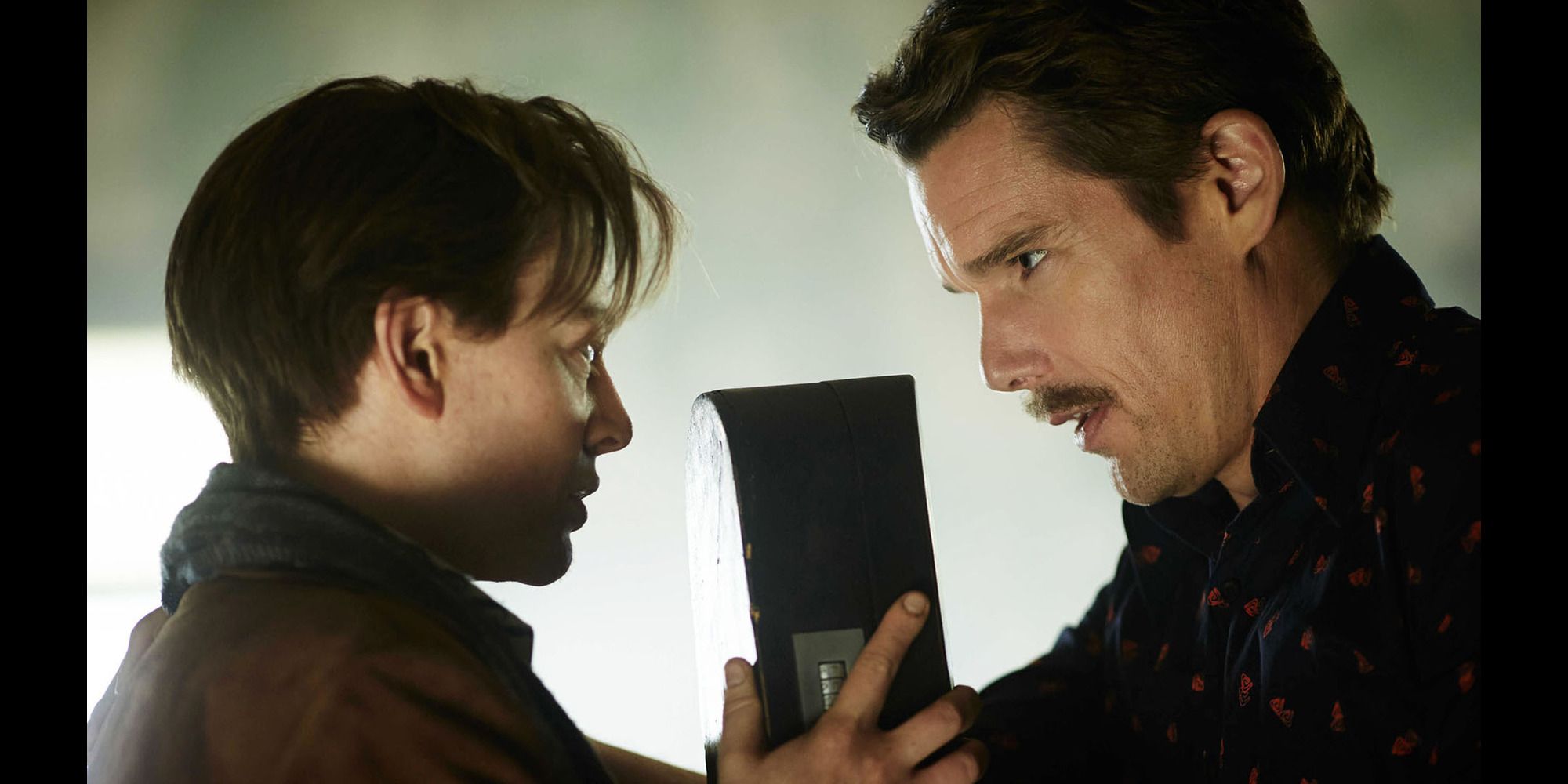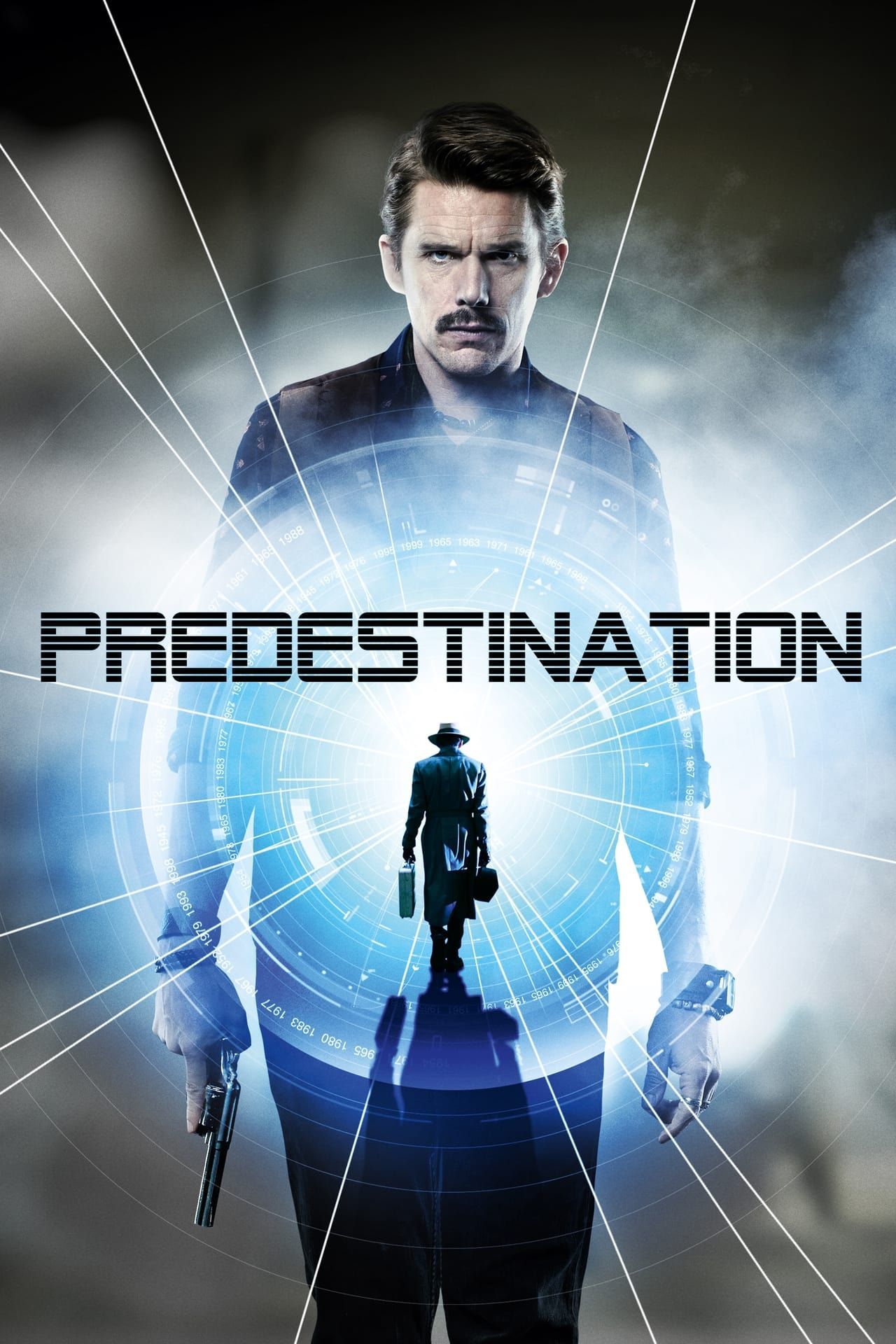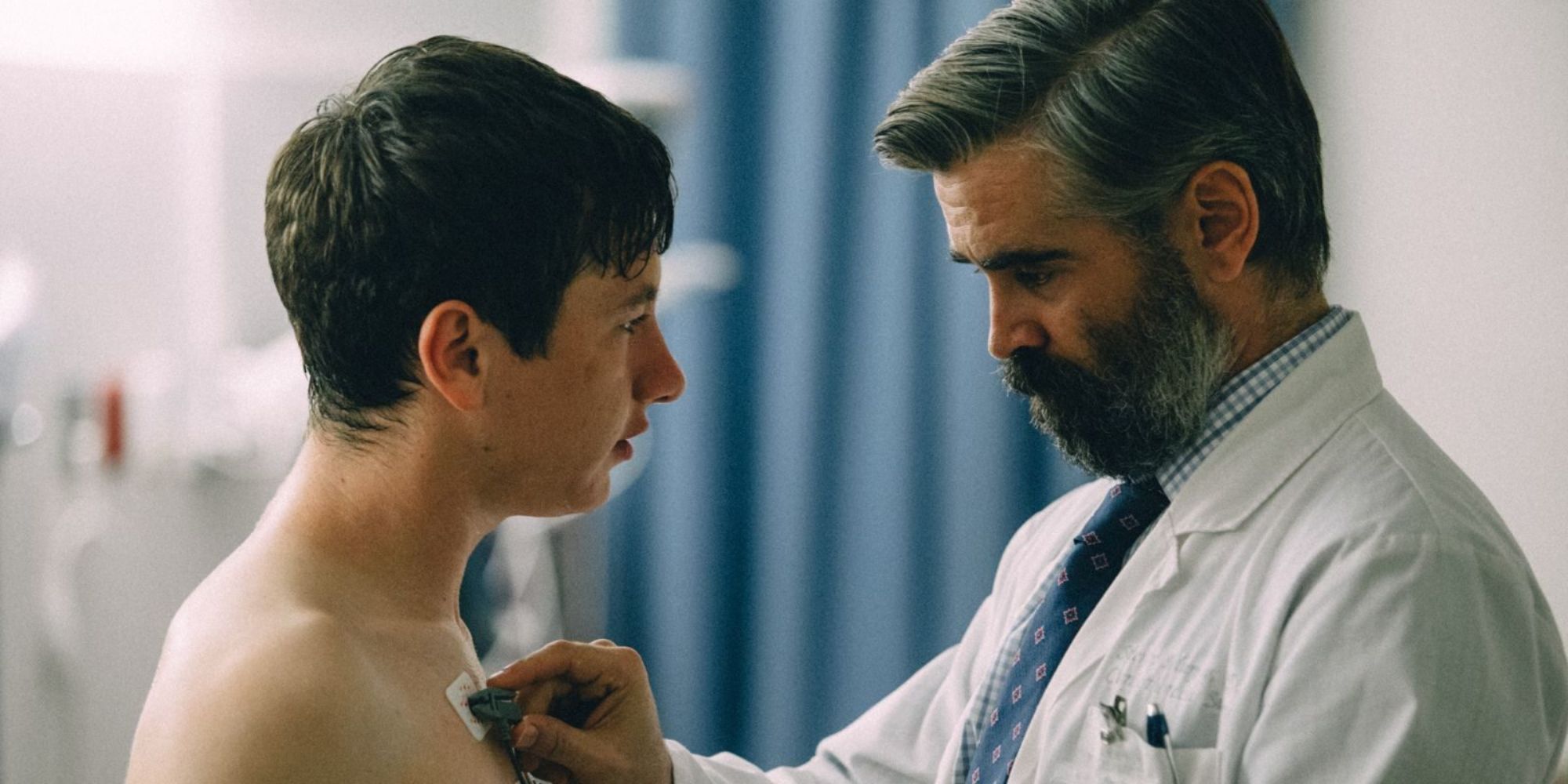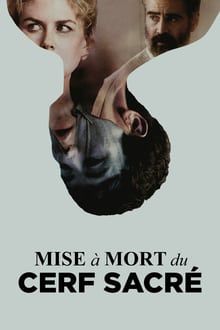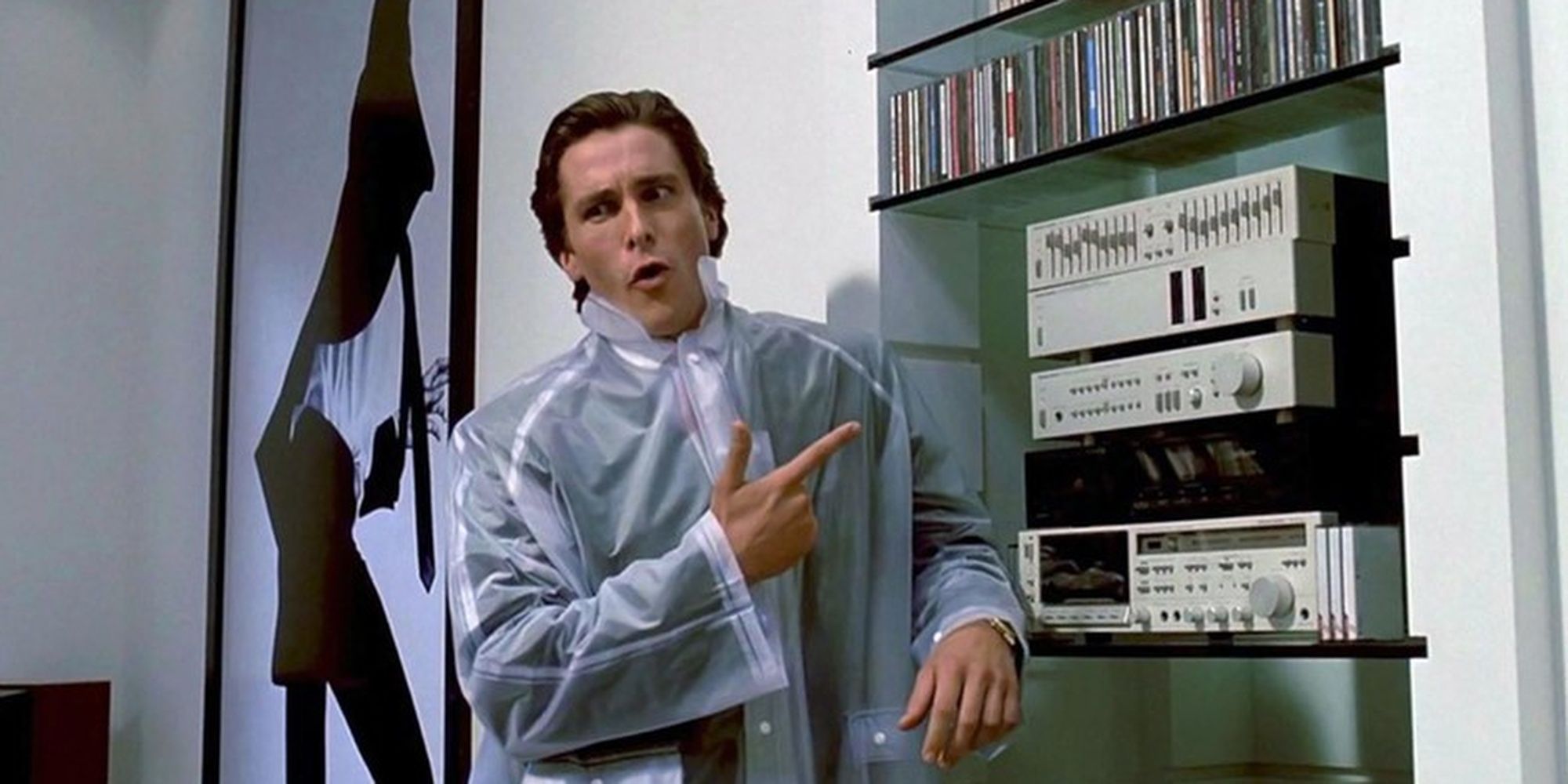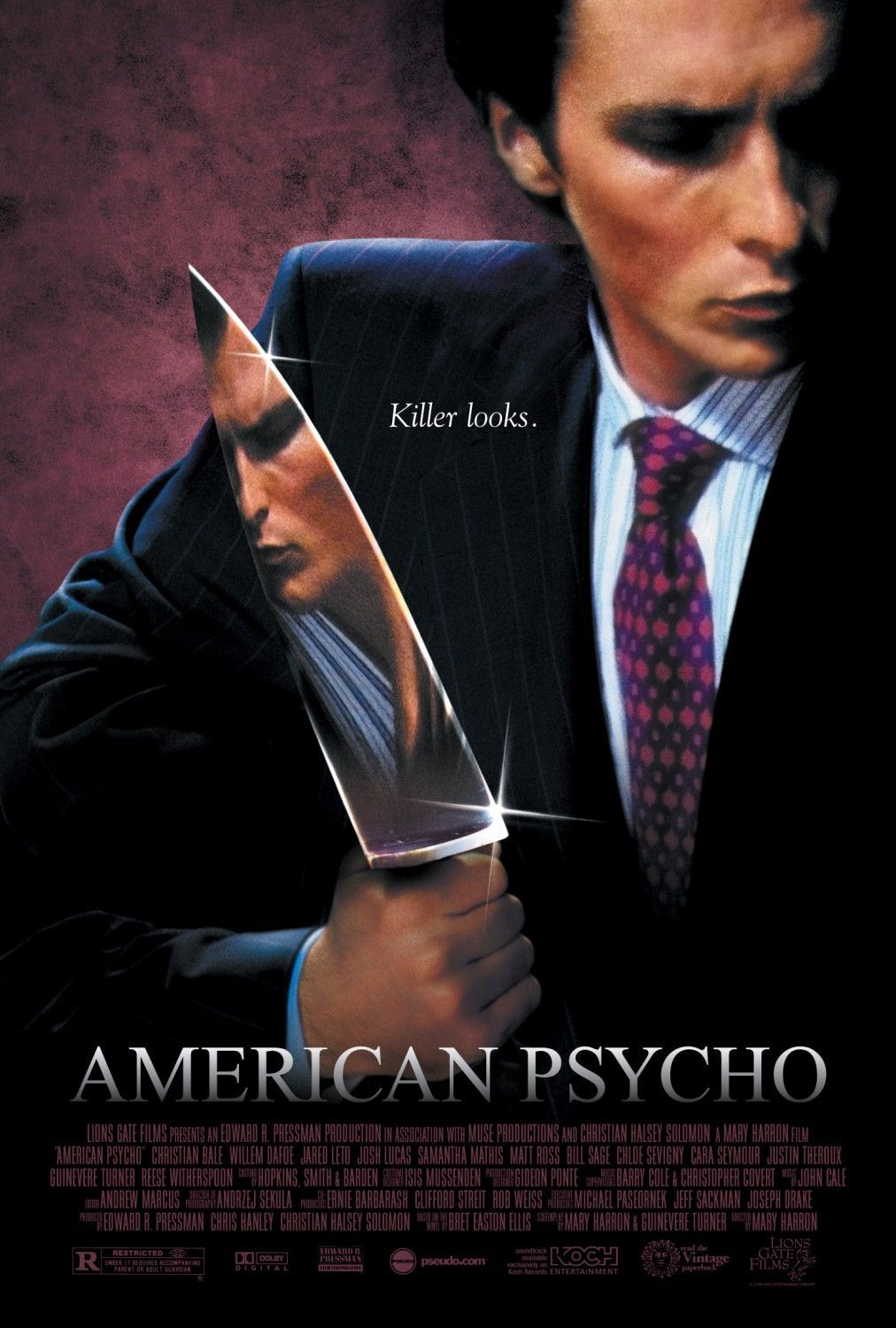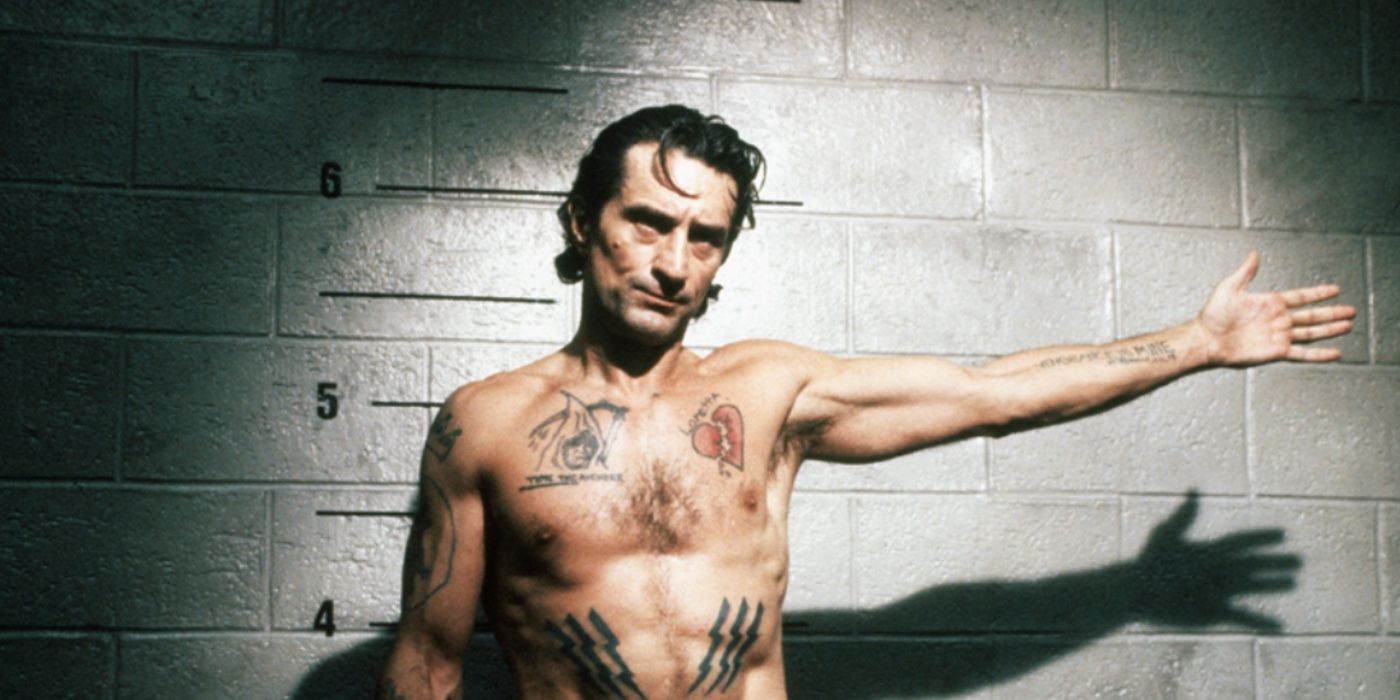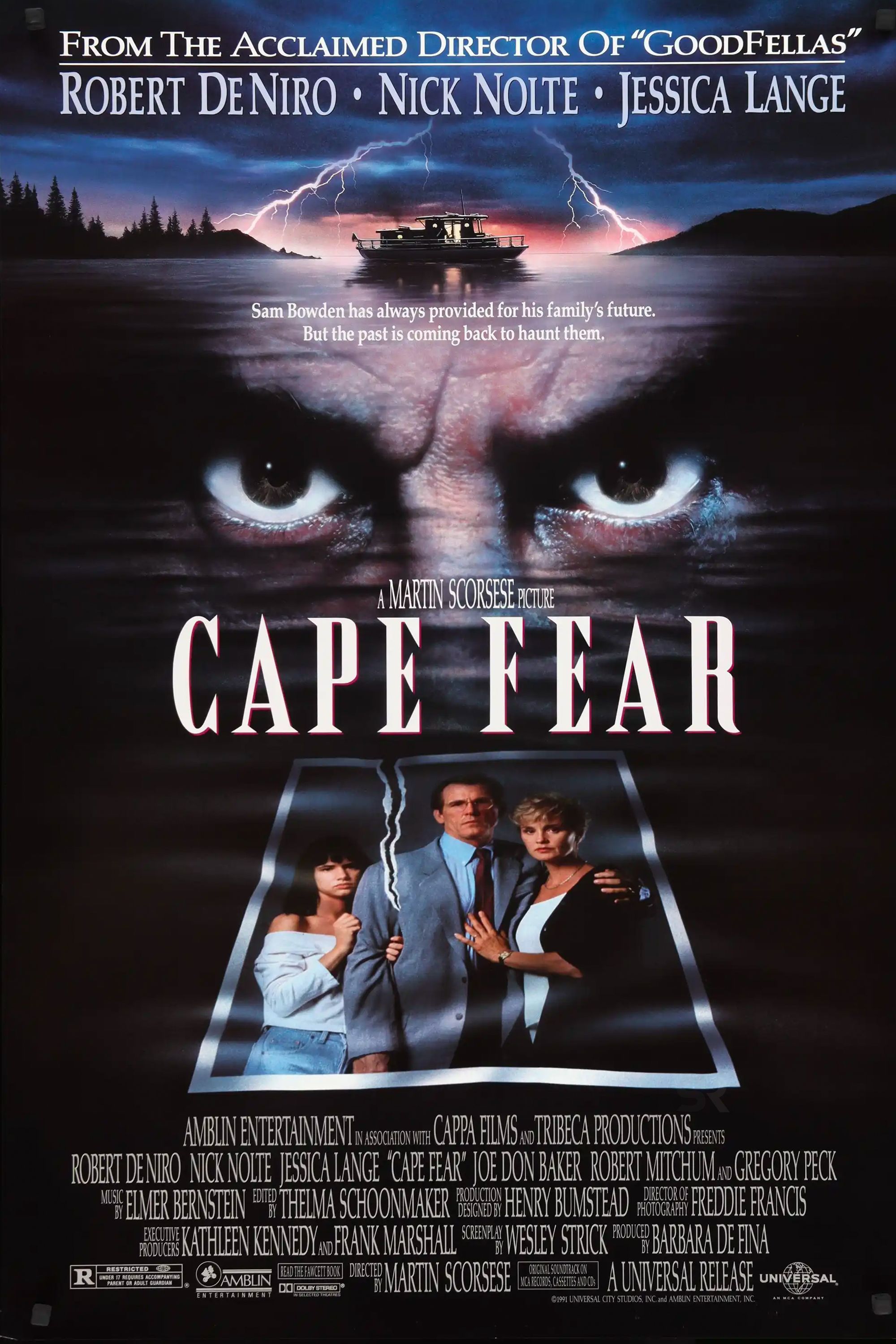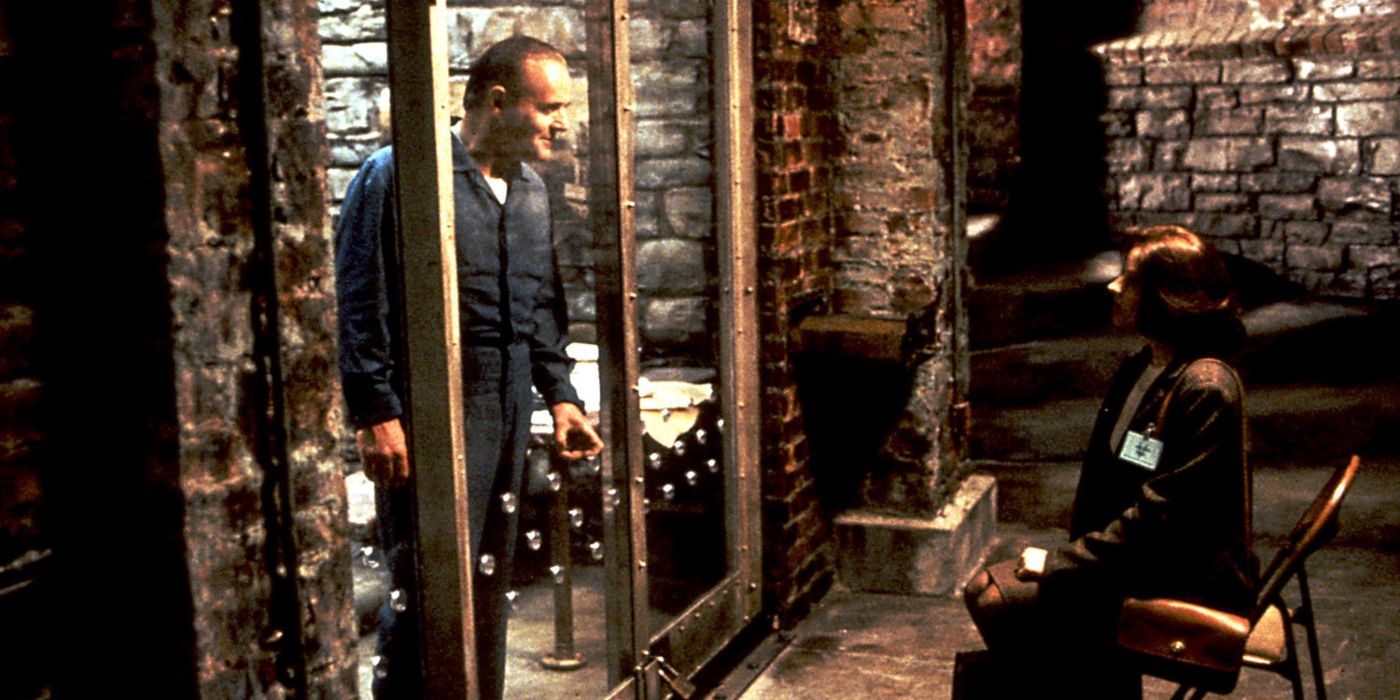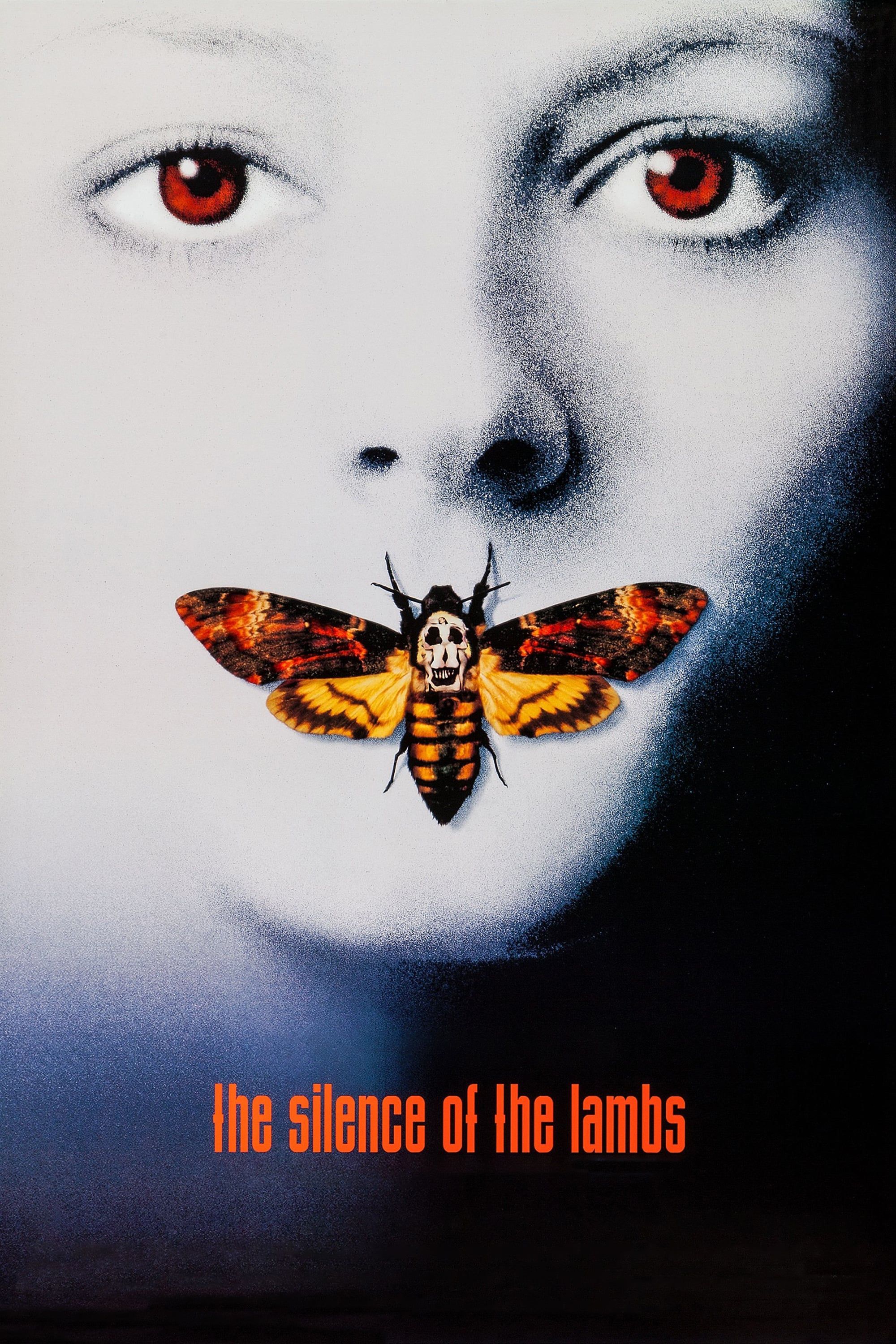Anyone can craft a story and slap a twist at the end to thrill and shock audiences. But, very few storytellers are able to create a film that is as engaging upon rewatch as it was the first time around. Psychological thrillers rely heavily on twists, turns and plot mechanics. This makes them watchable and surprising, but ultimately disposable.
More so than other genres, a psychological thriller that can be just as enjoyable (or even more so) upon a second or third watch is rare. Despite being few and far between, excellent and rewatchable psychological thrillers are out there. These films succeed due to a richness of character and a depth of quality that never gets tired.
10 ‘Seven’ (1995)
Directed by David Fincher
Retirement is just around the corner when Detective Somerset (Morgan Freeman) receives a new partner, Detective Mills (Brad Pitt). Together the pair get to work on their first murder case, involving a man who was force-fed until death. Soon after, more deeply strange and highly planned murders occur throughout the city, and they all seem to be connected.
On its face, a bleak and viscera-laden procedural about a religious zealot turned serial killer doesn’t sound particularly appealing. And yet, the combination of Seven‘s taut screenplay, fastidious direction and unsavory production design is akin to lightning in a bottle. The success of David Fincher‘s psychological thriller comes from its ability to get out of its own way. While the plot is fascinating and intricate, it never overshadows the film’s poignant and well-drawn characters, and the thematic questions at Seven‘s heart. Seven‘s enduring legacy is proof that its quality doesn’t diminish over the course of rewatch after rewatch. However, the sickening details of the 90’s classic, which are enhanced by sublime performances from character actors like Leland Orser, make for an unpleasant, albeit rewarding, rewatch.
9 ‘Single White Female’ (1992)
Directed by Barbet Schroeder
When she learns that her fiancé has been cheating on her with his ex-wife, Allie (Jane Fonda) breaks off the engagement and kicks him out of her apartment. Now alone and in need of some help with the bills, Allie advertises for a roommate. She settles on an applicant named Hedra (Jennifer Jason Leigh) and the pair become friendly. But soon after moving in, Allie starts to notice strange occurrences around the apartment and even stranger behavior from Hedra.
In a decade of stern and earnest thrillers, Single White Female emerged as a brassy and absurd salve to the seriousness of the genre. Whether this was the intention of the filmmakers is up for debate, but what is certain is that the combination of a campy plot and fantastic female leads resulted in a B-grade film with A-grade rewatchability.
8 ‘The Lighthouse’ (2019)
Directed by Robert Eggers
It’s the 1890s when Ephraim (Robert Pattinson) begins a four-week assignment as a lighthouse keeper on a small island off the New England coast. Overseeing him is the strict and eccentric senior lighthouse keeper, Thomas (Willem Dafoe). With only each other for company, tensions rise and Ephraim’s grip on reality dwindles.
Filmed in an aspect ratio as claustrophobic as its setting, The Lighthouse presents an icy and frantic portrait of isolation. Subjects within this portrait include the creeping dread that comes from cohabiting with a stranger, the desperation derived from loneliness and the mercilessness of the sea. Despite its limited aspect ratio, black and white palette and minimal characters, The Lighthouse gives audiences a lot to unpack. The beauty of Robert Eggers‘ psychological thriller is in its ambiguity. Ten viewings of The Lighthouse could yield ten entirely different interpretations. The artful ambiguity is one of many reasons that Eggers is a fascinating filmmaker to watch, and it bodes well for his next film, Nosferatu, set to release at the end of 2024.
7 ‘Duel’ (1971)
Directed by Steven Spielberg
David (Dennis Weaver) is an LA salesman driving across the state for a business trip. While passing through the Mojave Desert, David encounters a rusty truck driving slowly in front of him. When he overtakes the truck, he instigates a bout of road rage that results in a desert car chase.
It’s rewarding to watch the early work of a master and revel in the greatness that existed even then. This satisfaction is what makes Duel so rewatchable. Before he gave an entire generation a phobia of the beach, Steven Spielberg utilized his skills as a storyteller to turn a simple act of road rage into an inescapable horror. The ability to turn a small ‘what if’ into a feature-length exercise in tension and panic was early evidence of the skill audiences have come to know Spielberg for.
6 ‘Misery’ (1990)
Directed by Rob Reiner
Paul Sheldon (James Caan) is a successful author. Although Victorian romance novels featuring protagonist Misery Chastain have defined his career, he’s ready to move on to more ‘serious’ writing. With the manuscript for his final Misery Chastain book in hand, he travels from his Colorado cabin to his home in New York. On the way there, a blizzard causes him to crash, and he is rescued by a local nurse named Annie Wilkes (Kathy Bates) who is his number one fan.
While it isn’t the flashiest or most action-packed psychological thriller, Misery has carved out its place in the genre’s hall of fame through the sheer might of its performances and its sparse but staggering brutality. Slight in comparison to the spectacle of other Stephen King adaptations, Misery revels in the dangers of intimacy and the fragility of the border between love and obsession. While it isn’t the most pleasant film to watch, the magnetism of Caan and Bates in their respective roles is addictive, and ensures that Misery never gets old.
5 ‘Predestination’ (2014)
Directed by Michael Spierig and Peter Spierig
A time-travel agent (Ethan Hawke) works for a mysterious organization which aims to prevent mass disasters by influencing and protecting the historical timeline. He is assigned a final mission as part of his work for the organization, which involves finding and stopping an evasive criminal from killing thousands of people.
Predestination has to be seen to be believed, and seen many times to be appreciated. Few films have spun as many plates or juggled as many genres as this one-of-a-kind sci-fi from the Spierig brothers. If the intricacy of the plot isn’t a convincing enough reason to watch Predestination over and over again, then the performances surely are. Ethan Hawke grounds the film, but Australian actor Sarah Snook is the standout. Four years before her international breakout performance as Siobhan Roy in Succession, Snook laid it all on the line for her role in Predestination. Her work in the science-fiction thriller is essential viewing for fans of the actor, and for sci-fi lovers more broadly.
4 ‘The Killing of a Sacred Deer’ (2017)
Directed by Yorgos Lanthimos
Cardiothoracic surgeon Steven Murphy (Colin Farrell) regularly meets with 16-year-old Martin Lang (Barry Keoghan). Martin’s father died several years earlier, and Martin seems to see Steven as a father figure. Martin meets Steven’s family, including his children and his wife Anna (Nicole Kidman). Soon after, Steven’s children get sick, and the mystery surrounding their illness has something to do with Steven and Martin’s past.
Before Yorgos Lanthimos broke through to the mainstream with a Best Director nomination at the 2019 Academy Awards, he was an arthouse darling known for his surreal and awkward storytelling. The Killing of a Sacred Deer is perhaps the best representation of his skills and ability as a storyteller. The film utilizes the director’s signature stilted style. But the film’s triumph is the way it draws its story and characters so plainly, and somehow renders them complex, sophisticated and enthralling by the end. The Killing of a Sacred Deer is dark and confronting. Yet, the film’s seemingly flat performances, plain dialogue and even mood somehow combine to form more than the sum of their parts. The result is a paradoxically emotional and gripping film that leaves viewers wide-eyed and slack-jawed.
3 ‘American Psycho’ (2000)
Directed by Mary Harron
In the 1980s, investment banker Patrick Bateman (Christian Bale) spends most of his time keeping up appearances. This involves always eating at the best restaurants, listening to only the coolest, most in-vogue music, and maintaining his looks with rigorous exercise and a stringent skincare routine. Not only do these behaviors secure him high status in his work and among his peers, they also mask the fact that he moonlights as a serial killer.
At this point, American Psycho‘s reputation for being a misunderstood satirical gem is almost as famous as the film itself. In the two decades since its release, the dialogue surrounding the film’s misinterpretation as an endorsement of masculine consumerism has been fully fleshed out. Now that the “they-didn’t-get-it” discourse has been exhausted, the time has come to fully appreciate Mary Harron‘s film for what it is; a classic. The tense and confronting thriller can be reinterpreted in myriad ways, and its complexity certainly rewards repeated viewings. Fluctuating between commentaries on gender, sexuality, capitalism and self-obsession at the expense of our fellow man, American Psycho is not as shallow as its protagonist.
2 ‘Cape Fear’ (1991)
Directed by Martin Scorsese
14 years ago, violent sexual criminal Max Cady (Robert De Niro) was sent to prison for the vicious assault of a teenage girl. His crimes were so heinous, that even his own public defender, Sam Bowden (Nick Nolte) wanted to see him behind bars. Cady is ultimately found guilty, but after serving 14 years in prison, he’s released and believes Bowden withheld evidence in his favor to ensure he was sent to prison.
Although films like The Age of Innocence have showcased Martin Scorsese‘s delicate touch and penchant for restraint, the director is no one-trick-pony. Scorsese’s 90’s remake of Cape Fear is anything but subtle. The film’s domineering score, repulsive antagonist and unflinching story beats crash into each other to create a cruel and magnetic psychological thriller that is impossible to look away from. The unflinching and overtly gritty plot is made fascinating and enticing by Scorsese’s masterful rendering of classic procedural tropes. And, while Scorsese’s skill is undeniable, it certainly doesn’t hurt that Robert De Niro gives one of his best performances as Max Cady. Delivering sleaze, charm, allure and violence in equal measure, De Niro will have viewers watching Cape Fear again and again and again.
1 ‘Silence of the Lambs’ (1991)
Directed by Jonathan Demme
FBI trainee Clarice Starling (Jodie Foster) is at the top of her class. As a result, her boss, Jack Crawford (Scott Glenn) assigns her to visit the cannibalistic serial killer Hannibal Lecter (Anthony Hopkins) in the Baltimore State Hospital for the Criminally Insane. The FBI is hoping Lecter can provide insight into a serial killer at large, known as Buffalo Bill. While gathering information about Buffalo Bill, Clarice is drawn into a dangerous tête-à-tête with Lecter.
Viewers may not be able to put their finger on exactly why Silence of the Lambs is endlessly rewatchable, but the reasons are myriad. The career-best performances from Foster and Hopkins are certainly part of the reason. But, what is even more enticing than the perfect story and standout performances are the subtle layers that permeate throughout Jonathan Demme‘s iconic serial killer thriller. Each and every shot tells its own small story about the world the audience is being drawn into. As Clarice steps into an elevator filled with large male FBI agents, we are reminded that she exists in a man’s world. As Clarice walks by the cells in the Baltimore State Hospital, we are reminded that she must operate at a higher standard than the criminals she hunts. Ultimately, every scene of Silence of the Lambs has a point-of-view. And, whether viewers notice this or not, it is the reason that films like Silence of the Lambs rank among the best of the best. And, it is the reason that the 90’s classic is so rewatchable.

